Simple Steps To Keep Your Trees Healthy & Thriving
- February 13, 2025
- 0 comment
Healthy trees are essential for our environment, providing shade, beauty, and vital ecosystem services. However, maintaining their well-being requires attention and care. By following a few simple steps, you can ensure your trees thrive and contribute positively to your landscape. From understanding their specific needs to monitoring for pests, these straightforward practices will help keep your trees vibrant and resilient.
Why Is Tree Maintenance Important?
Tree maintenance is crucial for several reasons, primarily related to health and safety. Regular care, such as pruning and monitoring for pests, helps ensure that trees remain strong and disease-free. Healthy trees are less susceptible to infestations and diseases, reducing the risk of tree failure that can lead to accidents or property damage. Moreover, well-maintained trees can better withstand environmental stresses, such as storms and droughts, contributing to a safer community overall.
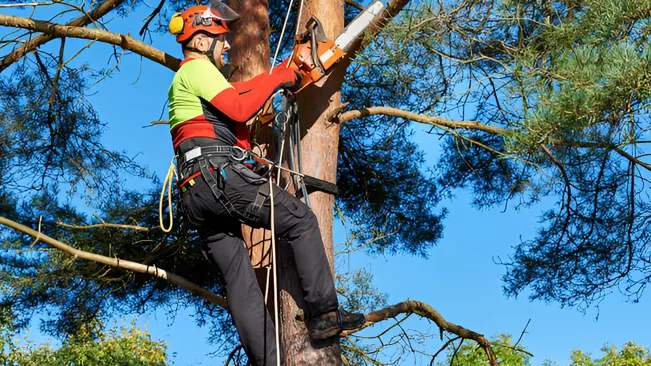
In addition to health and safety benefits, tree maintenance plays a vital role in enhancing the environment. Trees provide numerous ecosystem services, including improving air quality, sequestering carbon, and supporting biodiversity. Proper maintenance ensures that these benefits continue, promoting a balanced ecosystem. Furthermore, well-kept trees enhance property value and curb appeal, making neighborhoods more attractive and livable. By investing time and resources into tree care, individuals and communities can foster healthier environments that benefit both people and wildlife.
Proper Planting Techniques
Site Preparation
Before planting a tree, proper site preparation is essential to ensure its long-term health and success. One of the first steps in this process is conducting a soil test. This analysis provides crucial information about the soil’s pH, nutrient levels, and texture, which are key factors influencing tree growth. Understanding these characteristics allows you to identify any deficiencies or imbalances that may hinder a tree’s ability to thrive. For example, if the soil is too acidic or alkaline, it may need to be amended to create a more favorable growing environment. Additionally, knowing the nutrient content can guide the selection of fertilizers to support the young tree’s development.
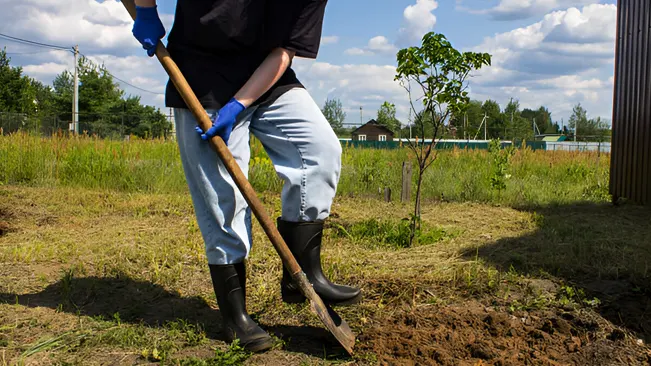
Once the soil has been tested, it’s time to amend it as needed. This might involve adding organic matter, such as compost, to improve soil structure and fertility. In some cases, you may need to incorporate specific nutrients based on the soil test results. Properly preparing the planting site not only creates a healthy foundation for the tree but also reduces competition from weeds and enhances moisture retention. By taking these initial steps, you set the stage for successful growth and a robust root system, which are vital for the tree’s stability and resilience in the years to come.
Correct Planting Depth and Spacing
The depth and spacing at which you plant trees significantly impact their growth and overall health. A common guideline is to plant a tree so that its root collar the area where the roots meet the trunk is level with the surrounding soil. Planting too deep can suffocate the roots, leading to decay and eventual tree decline. Conversely, planting too shallow can expose roots to the elements, making them vulnerable to damage. Therefore, digging a proper hole that allows for adequate space for the roots to spread while ensuring the root collar is appropriately positioned is critical for the tree’s establishment and future growth.
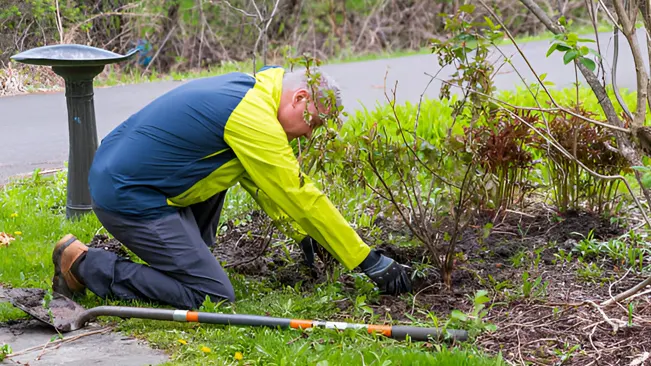
Spacing is another important consideration when planting multiple trees. Each species has different space requirements, but a general rule is to allow at least 10 to 15 feet between mature trees to prevent overcrowding. Insufficient spacing can lead to competition for sunlight, nutrients, and water, ultimately stunting growth and increasing the risk of disease. Additionally, adequate spacing helps promote good air circulation, reducing the likelihood of fungal infections and pests. By adhering to guidelines for planting depth and spacing, you lay the groundwork for healthy trees that can thrive in their environment.
Follow These 7 Steps For Healthy Trees
1. Choosing The Right Kind Of Trees
Selecting the right tree species is fundamental to ensuring their health and longevity. Different tree varieties thrive in different environmental conditions, so it’s essential to understand what works best in your area. Consider factors such as soil type, climate, and local pests when making your choice. For instance, some trees prefer well-drained soils, while others may thrive in wetter conditions. If you select a species that isn’t well-suited to its environment, it may struggle to establish itself and require more maintenance than it’s worth.
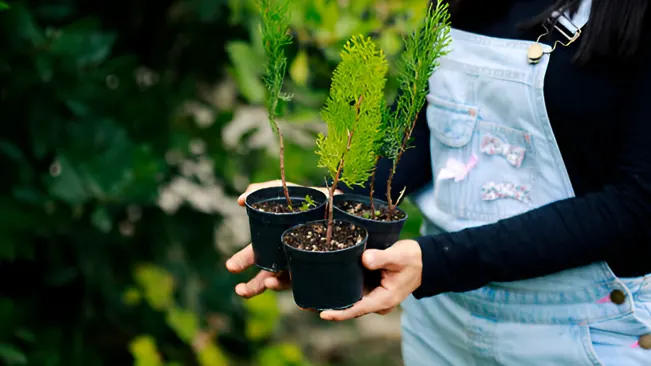
Consulting with a local arborist or nursery can provide valuable insights into the best tree varieties for your specific conditions. They can recommend trees that are resilient in your area, taking into account factors like native species, which are often better adapted to local conditions and pests. By choosing the right tree from the start, you not only increase its chances of thriving but also reduce the amount of care it will require down the line.
2. Watering Your Trees
Proper watering is crucial for the healthy growth of trees, especially in their early years. Young trees, with their smaller root systems, require consistent moisture to establish strong roots. During the first two years, watering deeply every few weeks is essential to encourage deep root growth, helping the tree become more resilient over time. It’s important to ensure that water reaches the root zone and isn’t just soaking the surface. Deep watering allows roots to grow downward, making trees more drought-resistant as they mature.
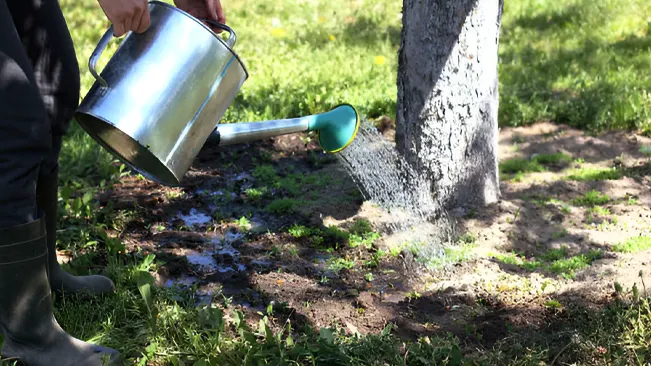
For mature trees, watering needs can vary based on the season and environmental conditions. During hot, dry spells, they may need more frequent watering, while in cooler, wetter seasons, they might require less. Observing your tree’s condition can help you adjust your watering schedule look for signs of wilting or yellowing leaves, which may indicate that your tree is thirsty. Maintaining a consistent watering routine will help keep your trees healthy and vibrant.
3. Pruning Your Trees
Pruning is an essential maintenance task that helps trees grow strong and healthy. By removing dead, diseased, or overcrowded branches, you not only improve the tree’s appearance but also enhance its overall health. Proper pruning can increase air circulation and sunlight penetration, which are crucial for a tree’s growth and vitality. In urban areas, regular pruning can help manage tree size and shape, preventing low-hanging branches from obstructing pedestrian and vehicular traffic.
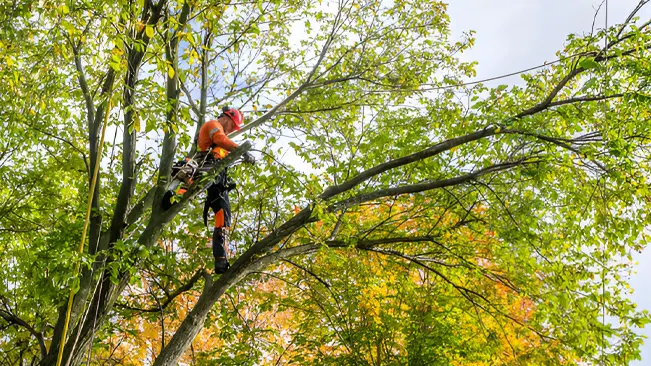
Newly planted trees typically need more frequent pruning to establish a strong structure, while mature trees can be pruned every three to five years. It’s important to prune correctly to avoid damaging the tree; making clean cuts and avoiding excessive removal of foliage will help maintain the tree’s health. If you’re unsure about the pruning process, consider hiring a professional arborist to assess your trees and determine the best course of action.
4. Fertilizing Your Trees
Just like any other plants, trees need proper nutrients to flourish. Essential macronutrients, including nitrogen, phosphorus, and potassium, are crucial for tree growth, while secondary macronutrients such as magnesium, calcium, and sulfur also play significant roles. Understanding your soil’s nutrient profile through testing can help you determine the appropriate fertilizers to apply. Over-fertilizing can lead to rapid growth that outpaces root development, making trees more susceptible to stress and disease.

The best time to fertilize is in early spring, just before the growing season begins. This timing allows nutrients to be absorbed when trees are ready to utilize them. Avoid fertilizing during the summer months when trees are often stressed from heat, as this can further compromise their health. Utilizing specialized deep-root fertilizers, like those offered by Green Drop’s RootBoost service, can effectively deliver nutrients directly to the root zone, promoting strong growth and enhancing disease resistance.
5. Preventing Pests & Diseases
Insects and diseases are natural components of any ecosystem, but some can pose serious threats to tree health. Monitoring your trees for signs of infestation or illness is crucial to early detection and management. Common pests such as aphids, beetles, and caterpillars can damage foliage and weaken trees, while diseases like root rot and blight can lead to significant decline. Regular inspections can help you catch these issues before they escalate, allowing for timely intervention.
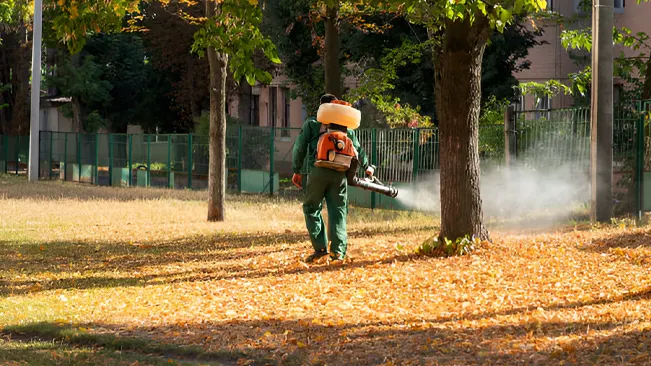
Implementing preventive measures is just as important as reactive treatments. Encouraging biodiversity by planting companion plants can attract beneficial insects that prey on harmful pests. Additionally, maintaining overall tree health through proper watering and fertilization makes trees less susceptible to infestations and diseases. If you notice an outbreak, consider consulting with an arborist to determine the best course of action, whether that involves chemical treatments or organic solutions.
6. Mulching Around Your Trees
Mulching is a simple yet effective way to promote tree health. A layer of mulch around the base of your trees helps retain soil moisture, which is particularly beneficial during hot, dry periods. By preventing evaporation, mulch keeps the soil consistently moist, allowing roots to absorb water more efficiently. Furthermore, mulch filters impurities from rainwater and helps aerate the soil, fostering a healthier root environment.
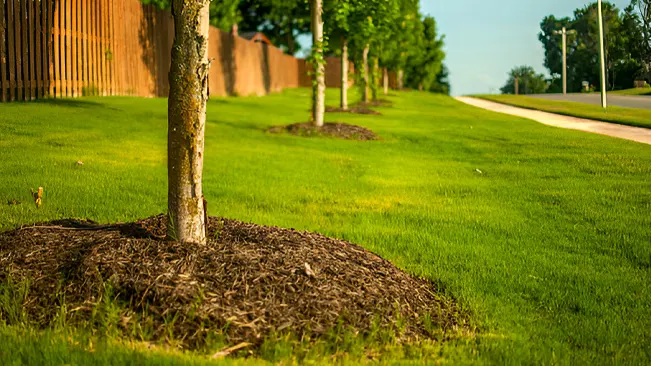
Proper mulching techniques are essential to maximize benefits. A depth of two to four inches is ideal, and the mulch should extend outwards to cover the root zone. However, it’s important to avoid piling mulch directly against the tree trunk, as this can lead to rot and pest infestations. Instead, keep mulch a few inches away from the trunk to ensure air circulation around the base. By following these guidelines, you can create a healthy environment that supports your tree’s growth.
7. Protecting The Roots & Trunks Of Your Trees
Protecting the roots and trunks of your trees is essential, especially for young saplings. In areas where deer or other animals are prevalent, erecting a protective fence can prevent bark damage caused by chewing. Such physical barriers not only safeguard against wildlife but also protect trees from mechanical damage inflicted by lawnmowers, bicycles, and foot traffic. These precautions are particularly important during the early years when trees are establishing their root systems.
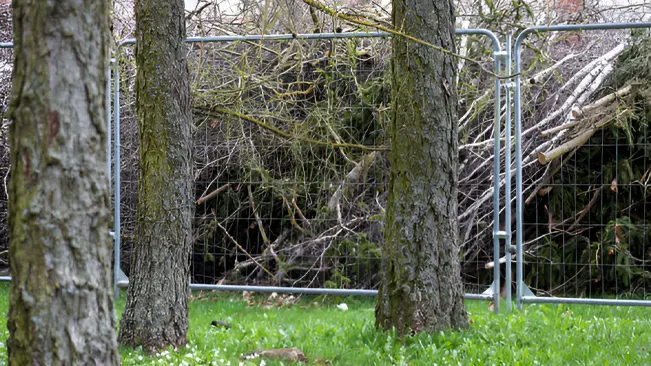
In addition to fencing, be mindful of activities around your trees that could disturb their roots. Heavy objects or equipment placed near tree roots can compress soil and damage the root system, hindering nutrient absorption and growth. By taking proactive steps to shield your trees from potential threats, you ensure their longevity and health, enabling them to flourish in your landscape for years to come.
Conclusion
In conclusion, keeping your trees healthy and thriving is a rewarding endeavor that requires attention and care. By following simple yet effective steps such as selecting the right species for your environment, ensuring proper watering, and practicing regular pruning you can significantly enhance the vitality of your trees. Additionally, fertilizing appropriately, preventing pests and diseases, mulching to retain moisture, and protecting roots and trunks will create a robust foundation for their growth.
FAQS
- How do I know which type of tree is best for my location?
Choosing the right tree species depends on factors like your local climate, soil type, and available sunlight. Consulting with a local nursery or arborist can provide valuable insights into the best varieties for your area. - How often should I water my trees?
Young trees generally need deep watering every few weeks to encourage root growth, while mature trees may require watering several times a month, especially during hot, dry conditions. Always check the soil moisture to avoid over- or under-watering. - When is the best time to prune my trees?
Pruning is best done during the late winter or early spring before new growth begins. For younger trees, aim to prune every two to three years, while mature trees can be pruned every three to five years. - How can I tell if my tree needs fertilizer?
Signs that your tree may need fertilization include yellowing leaves, stunted growth, or poor foliage development. Conducting a soil test can provide specific nutrient information and help guide your fertilization efforts. - What should I do if I notice pests or diseases on my tree?
Monitor your tree regularly for signs of pests or diseases. Early detection is key. If you notice issues, consult a professional arborist for appropriate treatment options, which may include organic or chemical solutions. - How much mulch should I use around my trees?
A layer of 2 to 4 inches of mulch is ideal. Ensure it extends out to cover the root zone but avoid piling it directly against the tree trunk to prevent rot and pest issues. - What can I do to protect the roots and trunk of my trees?
Consider installing protective fencing, especially for young trees in areas with deer or heavy foot traffic. Be mindful of heavy equipment and activities that could damage roots and avoid placing heavy objects on or near them. - How can I encourage healthy growth in my trees?
In addition to proper watering, pruning, and fertilizing, ensure your trees receive adequate sunlight and are not competing with weeds. Regular maintenance and observation will help you catch any issues early on.

Benjamin Brooks
Forestry AuthorGreetings! I'm Benjamin Brooks, and my journey over the past 15 years has revolved around the fascinating realms of content creation, expertise in snow clearing, and the intricate world of lumberjacking and landscaping. What began as a simple curiosity about the natural world and heavy machinery has evolved into a passionate profession where my love for crafting words intertwines seamlessly with my lumberjacking and garden skills.





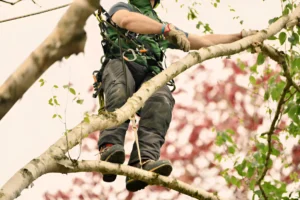







Leave your comment